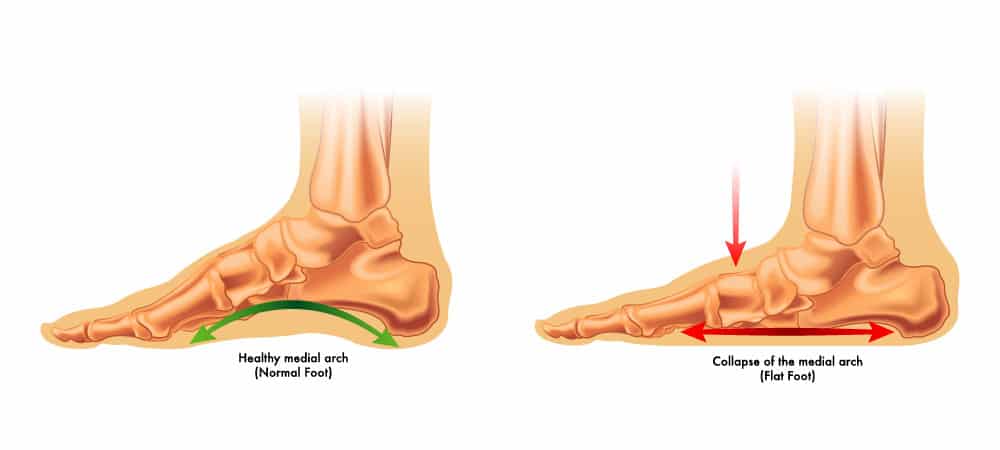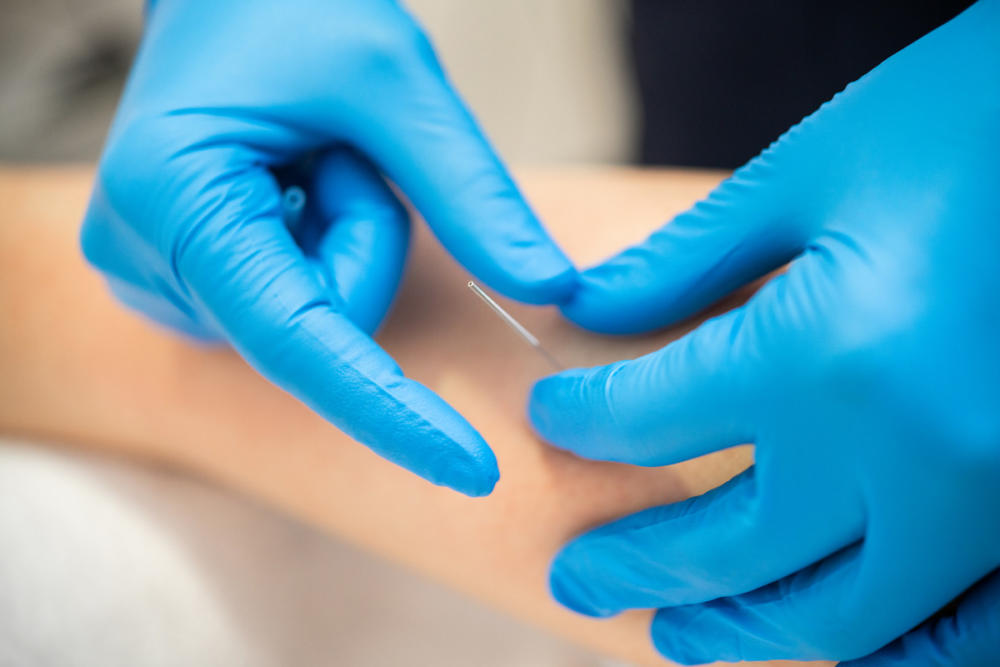If you have pain along the inside of your lower leg with physical activity, you may have a condition called shin splints. Also known as medial tibial stress syndrome, shin splints result from stress on the connective tissues that attach the muscles of your lower leg to your shinbone, or tibia, which causes pain and inflammation.
Medial tibial stress syndrome is one of the most common athletic injuries, particularly affecting those who participate in high-impact activities. However, there are other risk factors for shin splints, and not all patients who complain of the characteristic pain along the tibia are athletes.
MTSS is a condition that frequently resolves on its own. Physical therapy can help to relieve the pain and prevent it from recurring.
What Causes Shin Splints?
There are several muscles in the leg that attach to the tibia, including the anterior and posterior tibialis muscles, the flexor digitorum longus muscle, and the soleus muscle. These muscles and their connective tissues can pull on the periosteum, which is a layer of tissue that covers the bone and allows the muscles to attach.
Repetitive stress can cause the periosteum to become inflamed, resulting in the pain of shin splints. There are several risk factors that can contribute to MTSS.

1. Physical Activity
Athletes who do a lot of running and jumping, such as gymnasts, basketball players, dancers, tennis players, and sprinters, are at particular risk for shin splints. An estimated 35% of these athletes eventually develop MTSS.
Because of frequent marching and other physically demanding tasks, members of the military are at risk for developing shin splints, with an incidence rate that may be as high as 35%.
2. Weak Bones
MTSS may be more likely in people who have underlying medical conditions that weaken the bones, such as osteoporosis or osteopenia. Other underlying medical conditions that may affect bone health and increase the risk of shin splints include eating disorders, vitamin D deficiencies, or hormonal changes in women that may also result in a loss of normal menses.

3. Flat Feet
Overpronation occurs when the arch of your foot collapses with the impact of a step. This is colloquially known as having flat feet. If you frequently walk or run with flat feet, it can put stress on the tibial periosteum and result in shin splints. You may also develop MTSS if your arches are rigid or high. Exercising or playing sports in shoes that do not provide adequate arch support can contribute to overpronation and increase the risk of shin splints.
4. Overweight
Carrying extra weight puts more pressure on the lower extremities and increases the risk for shin splints. Maintaining a healthy weight is important for shin splint prevention and general health, but you should gradually ease into an exercise program. Demanding too much of the body at once can also contribute to shin splints.
How Can Shin Splints Be Prevented?
You are most likely to develop MTSS at the beginning of your athletic season or a new regimen of training or exercise. In your eagerness to get started, you may try to do too much, too soon, and put too much pressure on your lower legs in the process.
Starting with a gentle exercise program and progressing slowly is therefore important to preventing shin splints. Limiting activity increases to 10% per week helps prevent sudden changes that can cause MTSS.
If your muscles are not properly warmed up prior to physical activity, they can put pressure on your tibia. Be sure to stretch your whole body, particularly your legs, prior to any exercise or athletic event.
Supportive footwear helps to prevent overpronation, so be sure to replace the shoes that you use for exercise before they wear out. If you are a runner, replace your running shoes every 300 miles. If your shoes do not provide enough support, you can add orthotic inserts specifically designed to prevent overpronation.
Try cross-training with low-impact exercises such as cycling or swimming to give your lower legs a chance to rest and recover. When you are participating in high-impact activities, try to avoid uneven, hilly terrain and hard surfaces.
How Can Physical Therapy Help Treat Shin Splints?
The prognosis with shin splints usually is very good, and most people recover completely. The key is to relieve stress on the inflamed tissues so that they have a chance to heal. There are several physical therapy techniques that can help to relieve stress in the superficial tissues:
- Foam rolling
- Massage
- Tool-assisted therapy
If the stress is in the deeper tissues of the muscle, these techniques may not be adequate to relieve it. However, trigger point dry needling is another technique that can extend past the superficial tissues to relieve stress in the fibers located in the muscle belly. The goal is for the muscle fibers that are better equipped for the task to absorb the stress rather than the periosteum.
In addition to helping relieve the pain of MTSS, physical therapy can also help to prevent symptoms from coming back. You may learn exercises to prevent overpronation by strengthening the arch of your foot. Though it may seem counterintuitive at first, strengthening the muscles that control hip motion can help to decrease lower leg stress.
Your physical therapist can also suggest footwear that provides better support and activity modifications to decrease stress on your lower leg and prevent shin splints from coming back.
As you progress through therapy and eventually return to your prior activities, use pain as your guide and stop when it starts to hurt. Trying to push through the pain of shin splints just makes the problem worse. Schedule an appointment with a Foothills physical therapist today.





